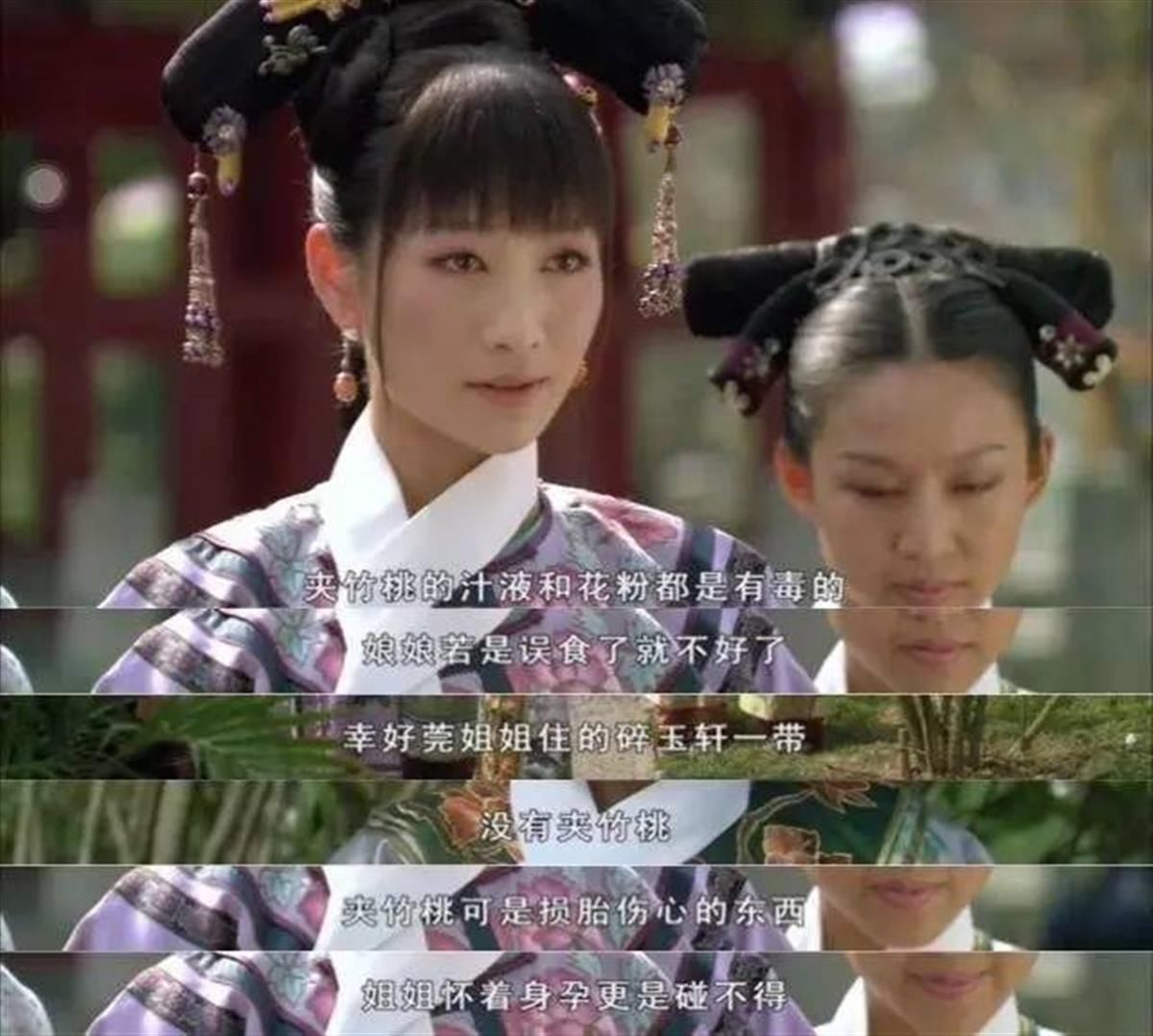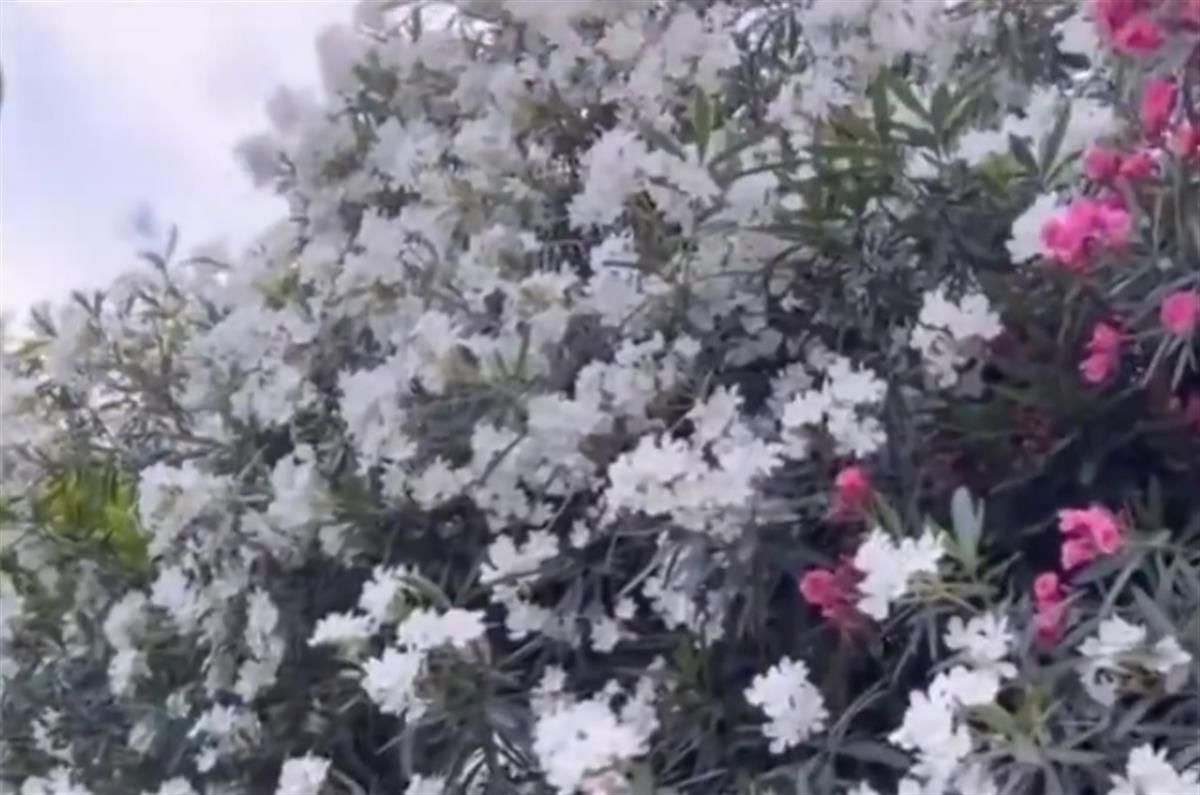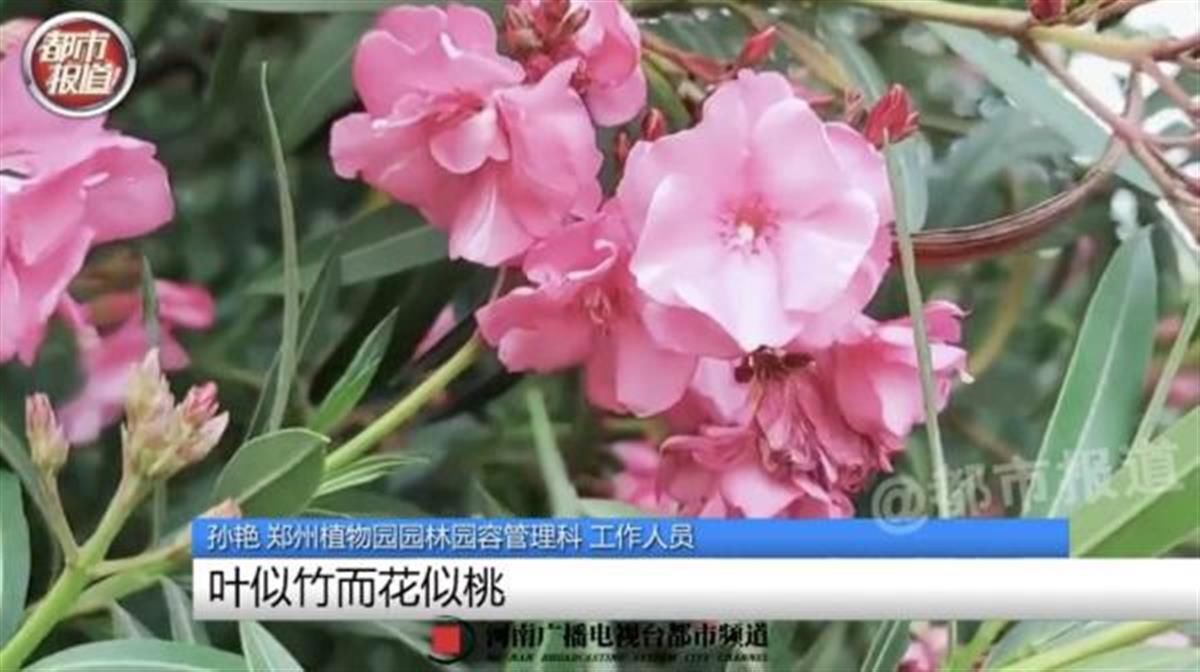Jimu News reporter Xie Mao
On June 15, some media reported that a netizen in Zhengzhou, Henan took pictures of oleander flowers in his mouth, and was sent to the hospital after being poisoned. The garden engineer said that the stems, leaves, bark, roots, flowers and sap of oleander are poisonous, and these plants will not be poisoned in normal viewing, but do not touch them easily.
According to the Henan Metropolitan Channel, a woman in Zhengzhou, Henan took pictures of oleander flowers in her mouth, but she was poisoned and admitted to the hospital the next day. The entry “Girl poisoned after taking pictures with oleander” also topped Weibo’s hot search. Subsequently, many bloggers posted similar experiences on social platforms, and reminded netizens to pay attention to the toxicity of oleanders when taking pictures.
According to a report by Zhejiang Daily in 2019, a young man in his 20s in Shaoxing, Zhejiang had a toothache and got angry. He heard that drinking oleander leaves in water can cure the toothache. The young man went to the park to pick three or four oleander leaves and soaked them in water. After just a few sips, he developed nausea and vomiting a few minutes later. Fortunately, the treatment was timely and the boy was fine.

Similar passages have also appeared in film and television dramas. In the TV series “The Legend of Zhen Huan”, An Lingrong once “science popularized” that the sap and pollen of oleander are poisonous.
The official account of the Chinese Center for Disease Control and Prevention has also published an article reminding that oleander is poisonous. The article said: Don’t use its branches as chopsticks to eat, and don’t use it to pick up food, stir porridge or use it to roast meat, it may cause poisoning.

Li Na, engineer of Wuhan Institute of Landscape Architecture, introduced that the stem, leaf, bark, root, flower and Juice, etc. are poisonous. If the juice enters the human body through the mouth or wound, it will cause poisoning. Trace oleander poisoning usually causes nausea, vomiting, diarrhea and other symptoms; if the amount is too large or the body is allergic, it may endanger the heart or even death. If you accidentally eat oleander, you should seek medical attention in time.
“The ‘toxicity’ of oleander can also become a life-saving medicine when used correctly. Cardiotonic agents can be extracted from oleander leaves and stem bark for medicinal purposes, but the dosage must be strictly controlled.” Li Na said, Bamboo peach also has the functions of absorbing automobile exhaust, resisting smoke and dust, and purifying the air. In addition to its long flowering period, fast growth, easy survival and beautiful appearance, it is widely used as ornamental and green plants.

Li Na reminded that some common ornamental plants are also poisonous, such as narcissus, datura, Calla lilies, etc., but no matter what plants, maintaining the viewing habit of “seeing from a distance but not playing with them” will basically not be harmful to the human body.
(The pictures are screenshots from Henan Metropolitan Channel)